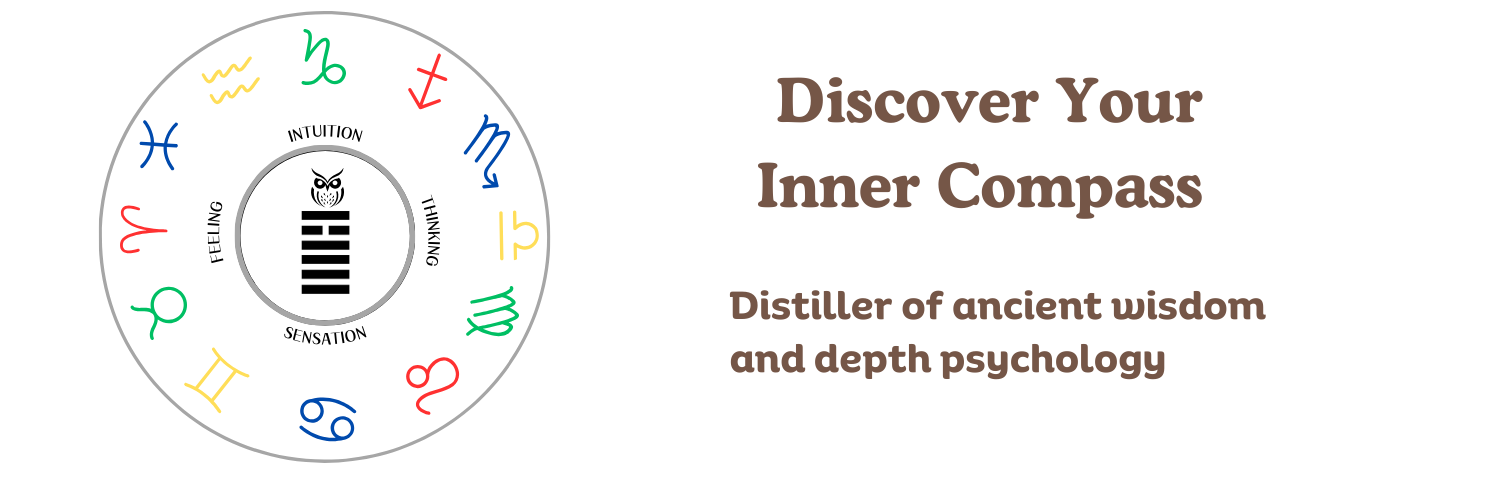I had the honor of attending eight hours of virtual instruction from John Beebe about psychological types.
This was part of the training for the Jungian Studies Program at the Jung Institute of Chicago.
I have written many posts about Beebe’s work over the years to help me understand it better, so it was a thrill to hear directly from Beebe himself and be able to ask him some questions.
Here are eight things I learned:
- Jung’s typology is practical and pragmatic. Sensation names what is, Feeling determines it worth, Intuition shows where it is going, and Thinking figures out what it means.
- Most of us have an aspirational type. Even Jung himself! Jung wanted to believe he was an introverted thinking type (INTP). But per Beebe he was an INTJ, which is why Jung was able to explain his material so that Americans in particular could understand it.
- Jung’s psychology is a psychology of the person in the psyche, not just defenses and syndromes. Beebe’s term for this is “personology.” It shows us how the person self-organizes. This is also known as “complexity theory,” which explains how the complexes we have tend to group together and self-organize. Beebe’s 8 function model is based on this. As he said, “We are never more than a complexity out of which consciousness is slowly emerging.”
- Jung’s psychology is a self-psychology, not an ego psychology. Beebe considers Jung a precursor to self-psychology. Self-psychology bolsters the self, with an emphasis on mirroring and empathy.
- The USA is an extraverted thinking (ESTJ) country. In fact, its four functions are Extraverted Thinking (Te), Extraverted Sensation (Se), extraverted intuition (Ne), and Introverted Feeling (Fi). This is a very imbalanced type, with three extraverted functions and inferior feeling. A normal function stack alternates between two introverted and two extraverted functions.
- Dreams are more like analogies than metaphors. When Beebe writes down a dream, he prefaces it with the words “It is exactly as if…” An analogy is in exact proportion to something. A metaphor is an exaggeration for the sake of emphasis (example: “My love is like a red red rose”). Dreams also tend to reflect our type and sometimes even a better or more enhanced version of it.
- Our type should not be viewed as “This is who I am!” Beebe said the hexagrams of the I Ching show that there are types of situations, rather than fixed types of people. Therefore our type is more fluid and situational. This was in response to my question to him about how the eight trigrams compare to the eight functions. In discussing this point with my analyst, who also has expertise in the I Ching, he said that the hexagrams we receive when asking a question would take our type into account. By the way, Beebe said he is working on a book about the hexagrams! I can’t wait.
- Typology has a value for sorting out self-experience. Beebe showed us several movie clips from Broadcast News (an ESTJ movie) and The Grifter (an ISFJ movie). Developing an eye for spotting the type of a movie, and the types of the characters in a movie, is a good practice for helping us sort out our own self-experiences using type.
If you are interested in learning more about typology, and Beebe’s work in particular, I’ll list some books below:
If you are new to typology, I recommend Personality Types: Jung’s Model of Typology by Daryl Sharp. In just over 100 pages he summarizes typology in a concise way that is easy to understand.
Building Blocks of Personality Type by Leona Haas and Mark Hunziker is an excellent introduction to Beebe’s 8 function model.
Lectures on Jung’s Typology by Marie-Louise von Franz and James Hillman is essential. It is one of the first type books I read. With its focus on the inferior function, it will help you identify your type if you currently are unsure about your type. Hillman’s essay on the feeling function is brilliant.
Once you have these basics down and understand the four main functions of the function stack, then it will be easier to understand Energies and Patterns in Psychological Type by John Beebe. Pair this book with Projection and Personality Development via the Eight-Function Model by Carol Shumate to complete your understanding of the model. Shumate’s book is superb and breaks everything down in a way that is easy to understand. Any lingering questions you have after reading Beebe’s book will be answered by Shumate’s.
Feel free to contact me if you want more book recommendations or have any questions.
